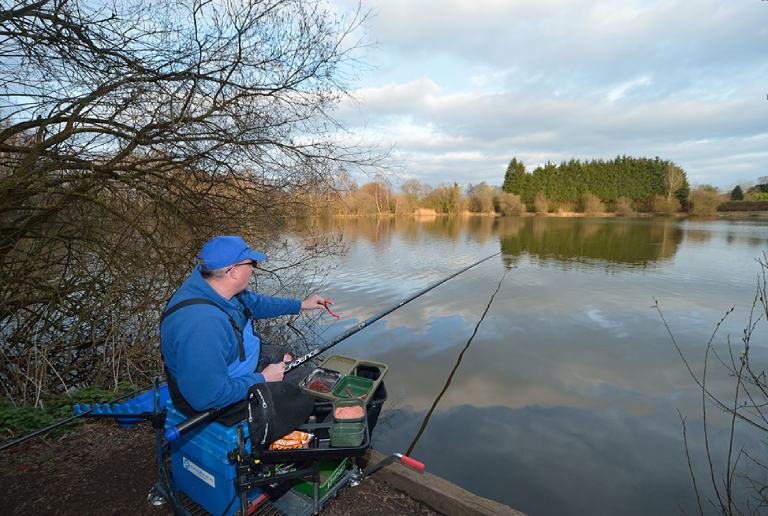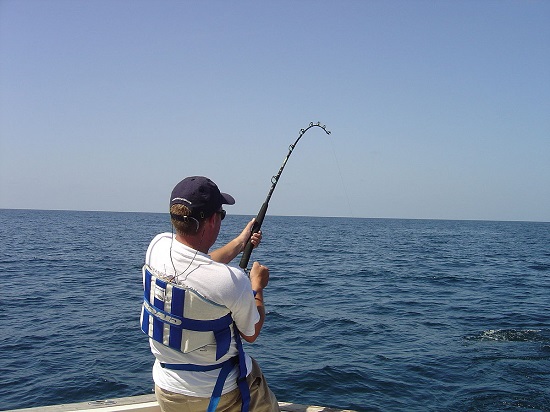
Getting Started With Pole Fishing
Pole fishing is ideal for fishing in still waters. This technique is mostly implemented by hobbyists who are passionate about recreational fishing. The fact that you cannot fish tons of fish year round does not make pole fishing ideal for commercial fishing. You can ideally catch any type of fish that can easily be baited, it could be bleak, roach or bream. To experience the joy of pole fishing, you just require a rod, float, a line and of course a bait. You can do umpteen number of fishing trips with your fishing gear and it will go for more. Along with the fishing gear you get an umbrella as an accessory. Rod, line and float which is a part of fishing equipment should be well connected to do the job.
Know More About : Basics Of Surf Fishing
Getting the Gear Ready For A Good Pole Fishing
The rod is long, sturdy but a light element made of light alloy, fiberglass, or carbon fiber. There are two types of rods, telescopic rod or press fit rod. Telescopic rods need to be pulled out to reach the exact length. It is made up of several blanks combined together. A press fit rod fits separate blanks into each other. Telescopic rods are used for shallow waters of depth 6 to 7 meters whereas press fit rods can fish for more than 7 meters. The line is secured to the tip of the rod directly or by inserting a rubber band in a telescopic rod. This gives more flexibility and security to catch large fish. In a press fit rid, the effect of wind is less, fishing is more precise and you can reduce or increase the length of the rod.

Floats are devices that are used to identify if the fish has touched the bait. It uses a touch indicator that is sensitive and light. Tapered floats are ideal in areas where there is less current like ponds and lakes. It is highly sensitive and very light on the water surface. Use stubby floats for areas with medium current like rivers and canals.
Successful Baiting
Lightest, thinnest and the most sensitive lines can be used in water with weak current or still water. For water with medium to heavy currents, use lines of diameter 10 to 12 inch and above. To find the depth of the spot, you need to perform sounding. The depth sounder must be pinched to the hook and not the line. With sounding, you can identify the nature of the water bed, like, if it has any obstacles, mud and grass. Once the spot is identified, get the bait ready. Have four to five balls of bait in the size of an orange.
In running water, cast the lines, wait for 4 to 5 seconds, and slowly raise the float. Release the line a bit lower and repeat the above action. While waiting for the fish to bite the bait, each movement in line must be gradual so you can distinctly identify the touch and immediately strike.




